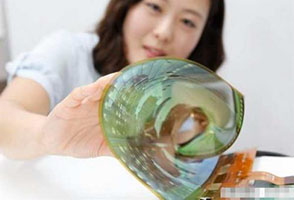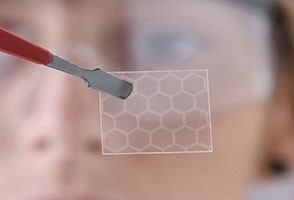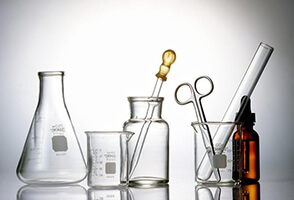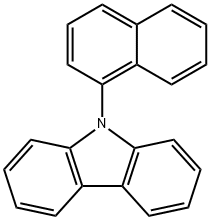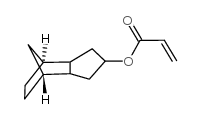9-(1-Naphthyl) carbazole_CAS:22034-43-1
Quality 9-(1-Naphthyl) carbazole_CAS:22034-43-1 suppliers & exporter - all products made in China.
9-(1-Naphthyl) carbazole_CAS:22034-43-1
Product advantages:
The factory has achieved stable production, and metal ions can reach below 50 ppb.
| Identification | ||
| Name | 9-(1-Naphthyl) carbazole | |
|
Synonyms |
|
9-(1-naphthalenyl)-9H-Carbazole 9H-Carbazole, 9-(1-naphthalenyl)- 9-(naphthalen-1-yl)-9H-carbazole 9-naphthalen-1-ylcarbazole 9-Napthylcarbazole; DYPR0399 |
| Molecular Structure |
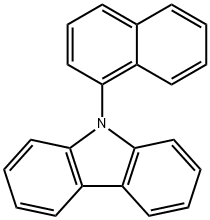
|
|
| Molecular Formula | C22H15N | |
| Molecular Weight | 293.36 | |
| CAS Registry Number | 22034-43-1 | |
| Properties | ||
| Melting point | 126.0 to 131.0 °C | |
| Boiling point | 503.7±23.0 °C | |
| Density | 1.15±0.1 g/cm3 | |
| color | White to Almost white | |
| form | powder to crystal | |
9-(1-Naphthyl) carbazole uses:
9-(Naphthalen-1-yl)-9H-carbazole is a useful research chemical.
CAS: 22034-43-1 Chemical Properties
2. Photophysical properties: CAS: 22034-43-1 This compound has excellent fluorescence properties and can emit strong fluorescence under ultraviolet light irradiation. This makes it have important applications in fields such as optoelectronic materials and fluorescent probes.
3. Thermal stability: 9-(1-Naphthyl)carbazole has high thermal stability, and its decomposition temperature usually exceeds 300°C, making it suitable for use in high-temperature environments.
9-(1-Naphthyl)carbazole Application Fields
1. Organic optoelectronic materials: 9-(1-naphthyl)carbazole is widely used in organic optoelectronic materials, such as organic light-emitting diodes (OLEDs) and organic solar cells due to its excellent photophysical properties and thermal stability. It is often used as a light emitting layer material or electron transport material in these applications.
2. Fluorescence probe: Its strong fluorescent properties make it an ideal material for fluorescent probes, which are widely used in fluorescent labeling and detection in biomedical research.
3. Organic semiconductors: Due to its excellent charge transport capability, 9-(1-naphthyl)carbazole is used to prepare organic semiconductor devices, such as organic field-effect transistors (OFETs).
4. Optical materials: Its high transparency and good optical properties make it suitable for the preparation of various optical materials, such as optical filters and optical sensors.

